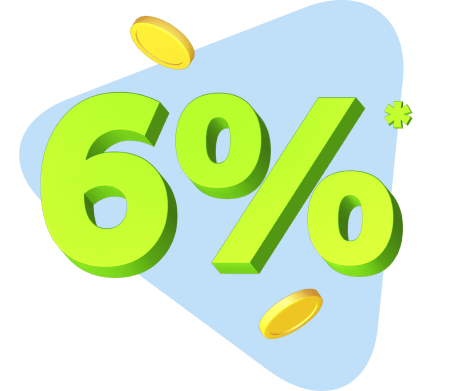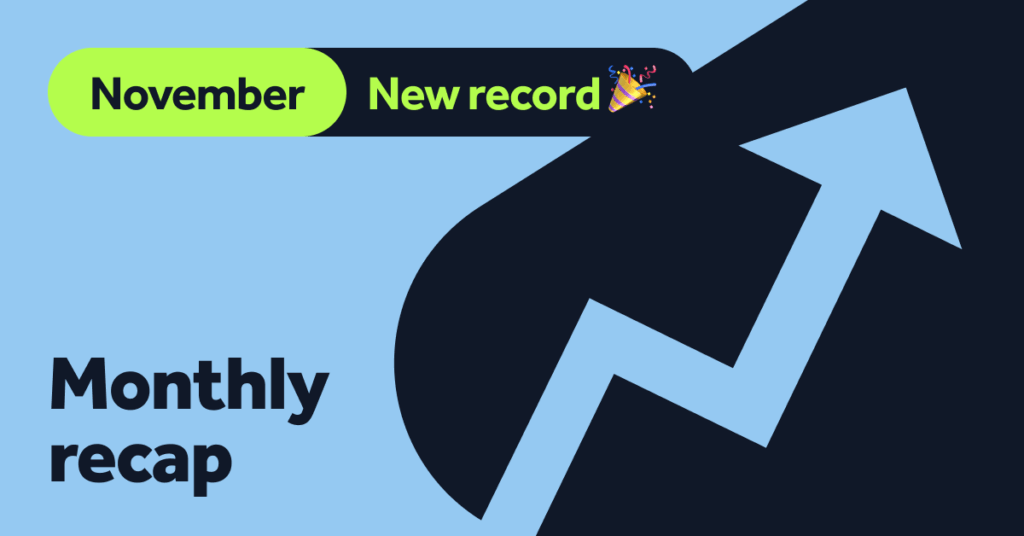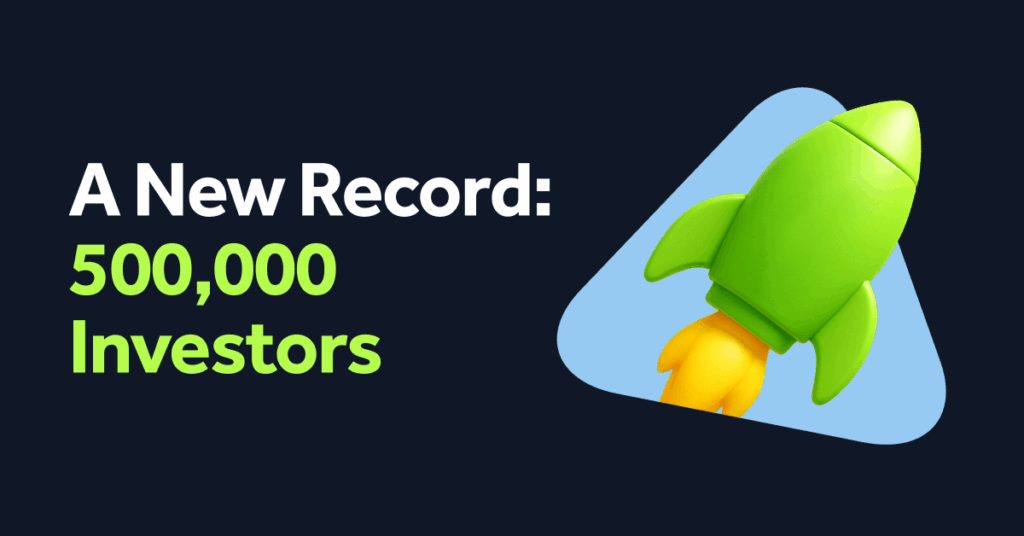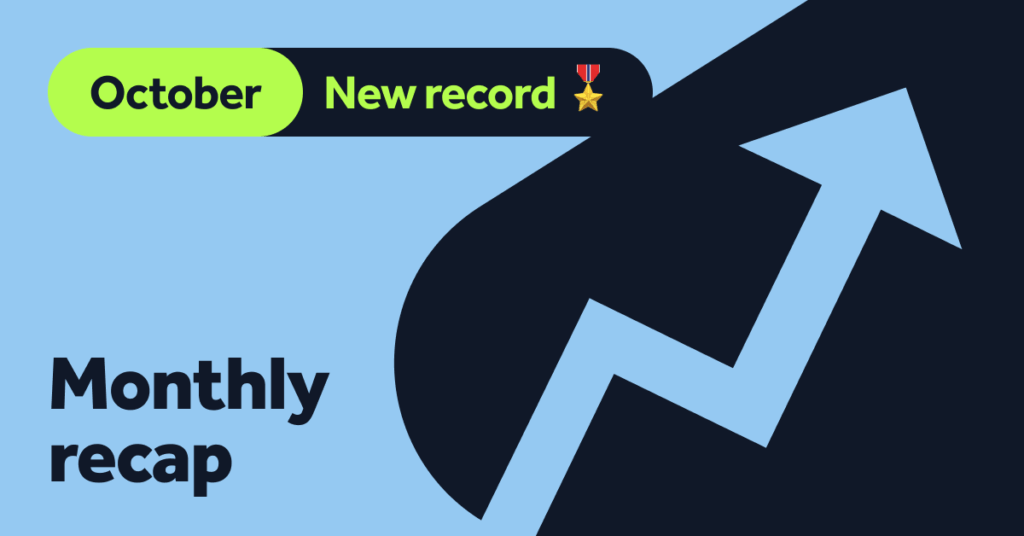We have received numerous questions about the changes to the collection process that we introduced earlier this year. In order to address those, we have compiled a detailed overview of the collection process for both delinquent and charged-off loans.
Process overview
Bondora has developed a standardized, largely automated collection process that is used across all markets with only minor differences. The process is continued until the full overdue amount is covered or the claim is (partially) written off by a local court.
| Days from/to payment | Activity |
| -7 | Email and text message with upcoming payment details |
| -1 | Email with upcoming payment details |
| 0 | Customer makes a SEPA payment from their bank account to the Company’s bank account. The payment is matched to their account either using a unique reference number the customer added or the customers IBAN account number. |
| +1 | Email with a “soft” payment reminder. |
| +7 (recurring every 7 days until charge-off) | Email, text message and automated calls requesting customer to take immediate action to repay the debt or to contact us in order to find a solution |
| +14 (recurring every 14 days until charge-off) | Letter by post requesting customer to take immediate action to repay the debt or to contact us in order to find a solution |
| +61 (AND overdue amount greater or equal to 2 monthly payments) | Email notifying the customer of start of legal action if the customer shall not pay within 2 weeks as of the notification. Customer details will be published with the local credit bureau. |
| +75 (AND overdue amount greater or equal to 2 monthly payments) | Charge off. Email notifying the customer of start of legal action. |
| +75 to +90 | Case handed over to a local debt collection agency (DCA). Cases are split between multiple DCAs. |
| +90 to +180 | DCA attempts to collect the debt and agree on a new payment schedule with the debtor. The monthly payment in the schedule needs to be at least equal to the monthly payment of the original schedule. |
| +180 to +270 | Claim is returned to Bondora and handed over to a second DCA in case the first DCA is not successful in agreeing on a new schedule and receiving at least one payment from the debtor. Each DCA will have to meet the same performance targets. Alternatively in case the DCA is able to collect a payment or agree on a schedule, the claim is kept at the original DCA who needs to collect an amount equivalent to three monthly payments of the original schedule per each quarter. |
| +270 | In case the second DCA is also unsuccessful, but potential recovery through a court procedure is high (e.g. customer does not have many debts and has assets) then a court case will be filed with the local court. Court process takes between 4-12 months depending on the country and the local court. The case is handed over to a local bailiff after a court makes a decision. The speed of recovery will thereafter depend on the income/assets of the debtor and their other debts. Alternatively in case the success of a court process is low the claim is passed from one DCA to another until payments are recovered. |
Loan modification policy
Bondora offers borrowers to extend repayment period (to a maximum of 60 months) if the customer is facing financial difficulties or simply wants to reduce their monthly payment. Interest, penalties and other secondary claims are never reduced, and the outstanding interest and penalty debt are put into the next scheduled payment.
Bondora also offers principal grace (maximum 12 months) to the customers with interest continued to be paid during this period.
Loan charge-off policy
Loans are charged off after an account has been overdue for more than 60 days and the amount overdue is larger than two monthly payments. This policy is defined in the loan agreements and is the most aggressive policy allowed by law in most of the jurisdictions in order to allow DCAs to quickly start recovery actions.
Collection channels
Collection of delinquent accounts is handled in-house according to the process set out above (please see “Process overview”).
The post charge-off collection process is handled by Debt Collection Agencies (DCAs) active in our loan markets. As of September, 2015 there are multiple DCAs in each market, each managing a portfolio of roughly equal size.
- Estonia: 4 companies
- Spain: 3 companies
- Finland: 2 companies
- Slovakia: 1 company
We have carefully selected a mix of partners in all markets which include local smaller unsecured consumer credit focused debt collection agencies, as well as large international receivables management companies. There is no data yet to determine if the size (small vs. large) and scope (one market focus vs. multi-national) of the firm has an effect on the performance of the post charge-off recovery process.
The list will DCA partners will continue to grow and change, as more DCAs are tested over 90-day debt collection cycles described above.
Cost related to collection
The costs related to servicing and collection of delinquent loans are covered by Bondora and charged to the borrower.
Costs related to post charge-off collections are deducted by the DCAs from the amounts collected. The current fees differ per country and DCA with limited uniform pricing. DCAs are evaluated on net cashbacks (collected amount less collection costs) and only DCAs with best metrics will eventually be kept. The range of fees are shown below:
| Spain | Finland | Estonia | Slovakia | |
| Success fee on recovered principal | 8-35% | 8% | 0-35% | 8% |
| Success fee on recovered interest | 8-35% | 8% | 0-65% | 8% |
The legal collection costs average between 100 to 500 euro per delinquent case depending on the size of the loan and jurisdiction.
Collecting on borrower’s security interest, collateral or assets
All loans issued on the marketplace are unsecured. However, Bailiffs have rights to freeze debtor’s assets and bank accounts and deduct payments from debtor’s bank accounts to cover their debt. In addition, assets of the debtor can be liquidated, regardless if they were set up as collateral or not, as part of a bankruptcy process.
Borrower bankruptcy
Bankruptcy process is only initiated if bailiff has not been able to collect the debt after freezing the customer’s assets and accounts whilst the customer still has marketable assets. Bondora will either initiate the bankruptcy process on its own or join an existing bankruptcy filing.
We have had less than 10 bankruptcy cases over the duration of 5 years. Personal bankruptcy is not common in continental Europe as getting out of debt will take up to 7 years depending on the country. Therefore customers with marketable assets and recovery potential typically repay debt under a new payment plan rather than opt for a bankruptcy process. Bankruptcy process would not yield any additional benefits against customers without marketable assets.




